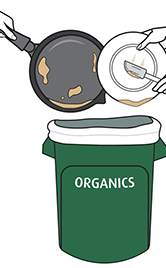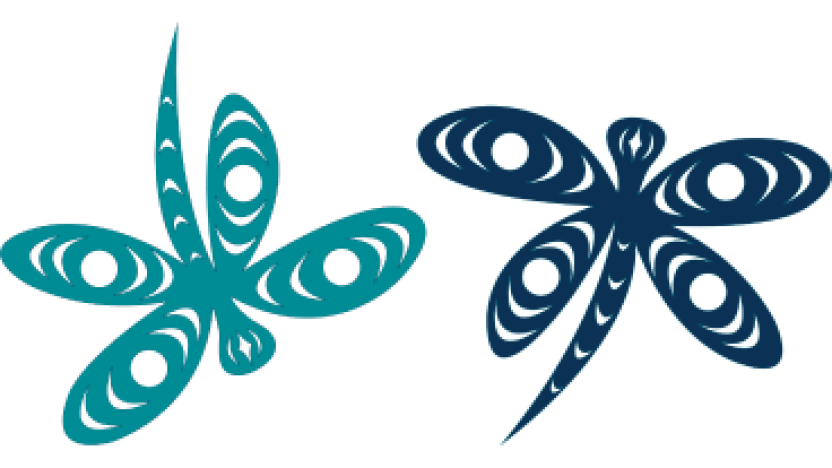Fats, oils and grease (FOG) going down the drain creates problems for your business, the sewer system, human health and the environment. Common sources of FOG include cooking oils and fats, salad dressing, sauces, meat and fish, nuts and seeds, and dairy and milk alternatives.
General Requirements and Best Practices
Proper FOG management is a must for a responsible and sustainable business. Food service operators connected to a CRD sanitary sewer system must install and maintain a grease interceptor as outlined in the code of practice under Schedule I of the CRD Sewer Use Bylaw No. 2922. Simple actions like having a properly sized grease interceptor can reduce clean-out costs.
Grease interceptors
Grease interceptors, often called grease traps, control the flow of wastewater allowing fats, oils and grease (FOG) to float and solids to settle.
FOG and solids should be routinely removed from the grease interceptor and disposed of responsibly.
A properly sized and maintained grease interceptor will protect your business and municipal infrastructure from messy and expensive plumbing problems.


